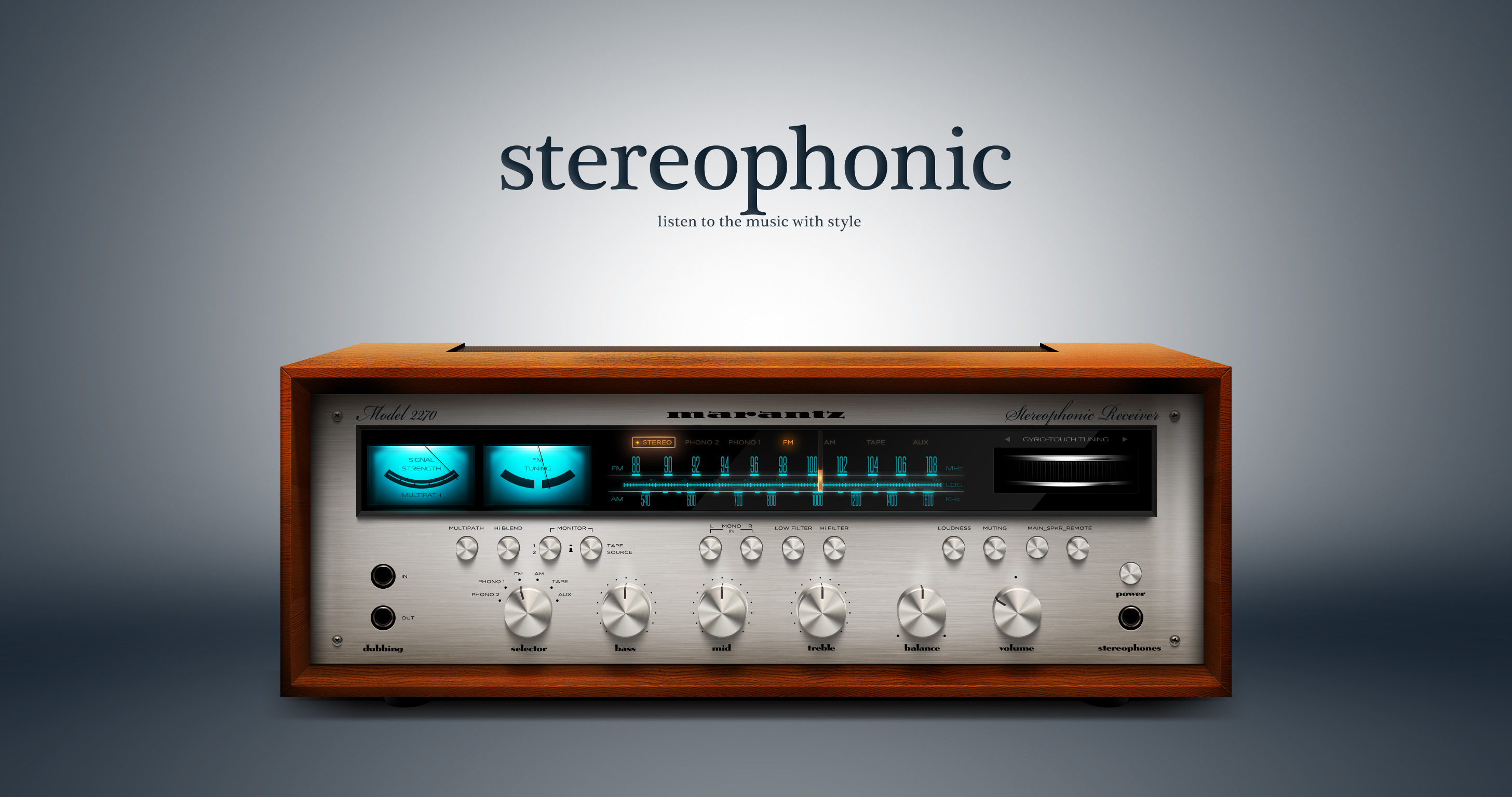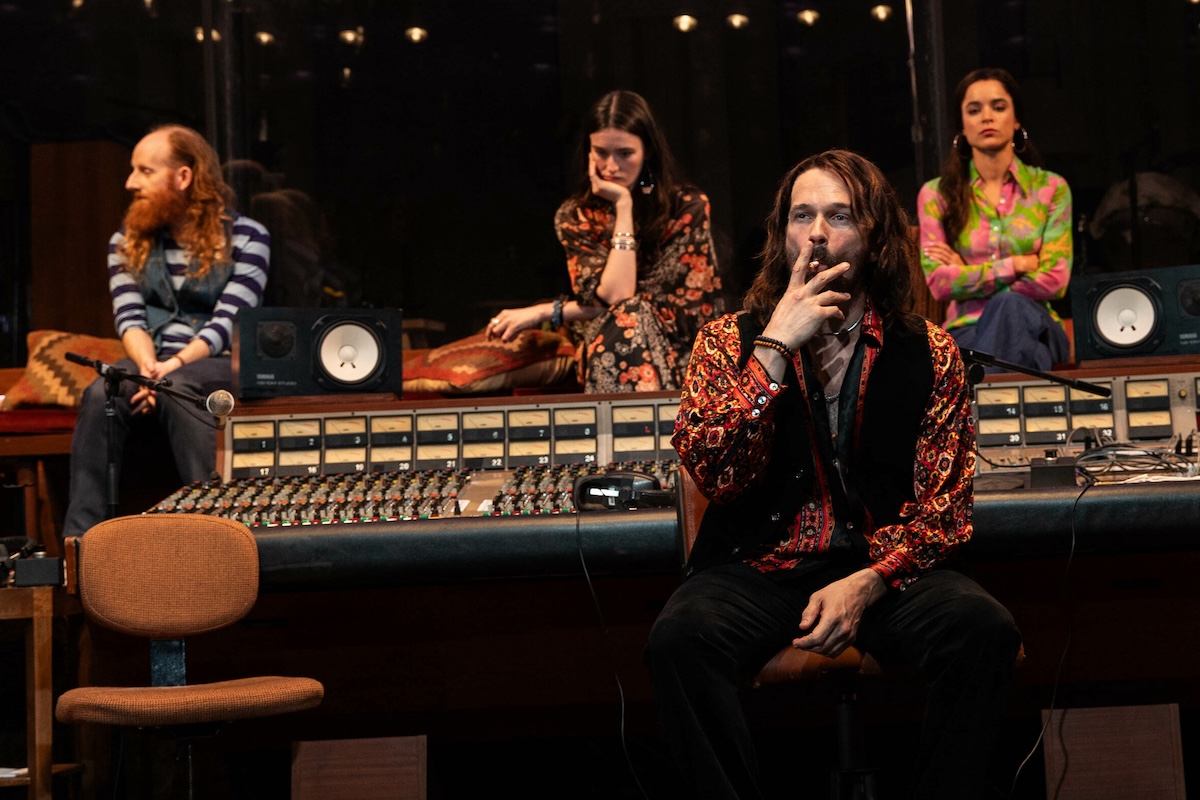History and Evolution of Stereophonic Sound

Stereophonic sound, also known as stereo, is a method of sound reproduction that creates an illusion of a three-dimensional sound space. The term “stereo” is derived from the Greek words “stereos” (solid) and “phono” (sound), and it refers to the perception of sound coming from different directions.
The history of stereophonic sound can be traced back to the early days of sound recording. In the late 1800s, inventors such as Emile Berliner and Thomas Edison experimented with methods of recording and reproducing sound in a three-dimensional manner. However, it was not until the 1930s that the first practical stereophonic sound systems were developed.
Key Milestones and Technological Advancements
- 1931: Alan Blumlein patents the first practical stereophonic sound system.
- 1933: Blumlein demonstrates the first stereophonic sound film.
- 1940: The first commercial stereophonic sound recordings are released.
- 1952: The first stereophonic sound LP records are released.
- 1958: The first stereophonic sound FM radio broadcasts are aired.
- 1960s: Stereophonic sound becomes the standard for home audio systems.
- 1970s: Quadraphonic sound systems are introduced, but they fail to gain widespread acceptance.
- 1980s: Digital audio technology is introduced, which leads to the development of new stereophonic sound formats.
- 1990s: Surround sound systems become popular for home theater use.
- 2000s: High-resolution audio formats are introduced, which offer improved sound quality for stereophonic recordings.
Principles and Techniques of Stereophonic Recording
/GettyImages-685053372-5b08cd883418c60038f2b8a7.jpg)
Stereophonic recording aims to recreate a realistic spatial experience by capturing and reproducing sound from multiple sources. This section delves into the fundamental principles and techniques employed in stereophonic recording, including microphone selection, placement strategies, and signal processing.
Microphone Techniques
The choice and placement of microphones are crucial for achieving a natural and immersive stereophonic sound. Common microphone techniques include:
- Binaural Recording: Emulates the natural sound perception of the human head by using a pair of microphones placed in the ears of a dummy head.
- X-Y Recording: Uses two closely spaced cardioid microphones arranged in an “X” configuration, capturing a wide stereo image with a focused center.
- Mid-Side (MS) Recording: Combines a central microphone (mid) and a figure-eight microphone (side) placed at a 90-degree angle, allowing for flexible stereo width adjustment during mixing.
Signal Processing
Signal processing techniques play a significant role in shaping the stereophonic sound image. Common techniques include:
- Equalization: Adjusting the frequency response of individual microphone channels to balance the overall sound.
- Compression: Reducing the dynamic range of the audio to enhance loudness and perceived presence.
- Delay: Introducing a slight delay between microphone channels to create a sense of depth and spatial separation.
Applications of Stereophonic Sound

Stereophonic sound has revolutionized the audio industry, finding applications in various fields where enhanced spatial realism and immersive listening experiences are desired. From music production to film soundtracks, broadcasting, and live performances, stereophony has transformed the way we perceive and enjoy audio.
Music
In music, stereophonic recording allows artists and producers to create a more realistic and immersive soundstage. By capturing and reproducing sound from multiple sources in different spatial locations, stereophony enhances the separation and localization of instruments and vocals, creating a more natural and engaging listening experience.
Film
In film, stereophonic sound plays a crucial role in creating a cinematic and immersive experience. By utilizing multiple channels and speakers, filmmakers can create a realistic and dynamic soundscape that envelops the audience and enhances the emotional impact of the film. Stereophonic sound allows for precise placement of sound effects, dialogue, and music, contributing to the overall atmosphere and storytelling.
Broadcasting, Stereophonic
Stereophonic sound has become the standard in broadcasting, providing listeners with a more immersive and engaging experience. Radio stations utilize stereophony to enhance the spatial separation of talk shows, news broadcasts, and music programs. Television broadcasts also benefit from stereophonic sound, as it allows for better localization of dialogue, sound effects, and background music, creating a more realistic and enjoyable viewing experience.
Live Performances
Stereophonic sound has revolutionized live performances, enabling artists to create a more dynamic and immersive sonic environment for their audiences. By utilizing multiple speakers and sound reinforcement systems, performers can create a spatial soundscape that mimics the natural acoustics of a concert hall or stadium. Stereophony allows for the precise placement of instruments and vocals, ensuring that each element of the performance is clearly heard and spatially localized.